My Most Embarrassing Story From Junior High School
I grew up in a time before smart phones, two day shipping, or free instructional videos a click away. Finding answers back then wasn’t as simple as getting your phone out; You actually had to walk up to a book stack and find a book made of paper. All knowledge came with weight. If you found a good book that suited your needs, you buried your nose in it. If not, tough cookies.
When I was in junior-high, just like practically all other junior-highers, all I wanted was to be cool and popular. Since there were no helpful after-school specials that offered specific steps on becoming popular, the only chance I had was to find a book on it. Surely, there was a book out there that had the answers that I desperately needed to survive and thrive in junior high school, right?
I had three options to find this book. I could...
Go to a bookstore. To make this happen I would have to convince someone to drive me there, find a book that could help me be more popular, and buy it without any judgement from the cashier. It’s almost like I could read their minds: “Why do you want that book? Are you really that desperate?” Nope! Couldn’t deal with that.
Go to the library. Considering how I desperately wanted to be cool, I never stepped one foot in any library because no one in their right mind would be caught dead walking around a library. Yeah, I was seriously enlightened as a 6th grader.
Order a book through a special catalog delivered every month to our homeroom teachers. I chose this option. It seemed private enough.
When the book catalog was passed out in the classroom, a brightly colored and thin sheaf that wouldn’t last a minute in the lightest rain, I thumbed through its 6 pages. I immediately found a book entitled How To Be Cool And Funny.
I thought to myself, “Yes! This is it! This is the answer to all my problems! I’m gonna be so popular after I get this book! All the girls are gonna want to go out with me! I’m gonna be king! I will rule junior high, forever!” I cobbled up my allowance and ordered a copy of this most important book.
Four weeks later, a big package of books was delivered to my homeroom class. I was really excited! I will finally learn the secrets to being popular, cool, and possibly even funny!
My 6th grade homeroom teacher, Mr. Coleman, was a teacher close to retirement by the time I had him. So, when Mr. Coleman called up each student to pick up their book order, he also decided to announce their book choice to the entire class.
Uh-oh.
What made it worse was that the shipping invoice was in alphabetical order... My last name starts with the letter W.
The three minutes I had to wait for Mr. Coleman to get to my name was unbearable. I wanted to jump out the window and escape on foot, hop a train, hit South America, live without Cheerios or Micro Machines or Gi Joe, get adopted by a pack of wild dogs, walk on all fours and eat like a wild animal, forget writing cursive, lose the smell of freshly Xeroxed copypaper, and let go of speaking a human language.
After what seemed like an eternity, Mr. Coleman finally announced: “Dave Wirth: Please come to the front of the class and pick up your copy of How To Be Cool And Funny.” Goddammit.
With everyone in the class staring at me, I dragged my heels to the front of the classroom. I picked up my book, forced my barely working feet to carry me back to my desk, and promptly buried my head in my arms. Even the motivational posters in the room were laughing at me.
Later that night, I burned the book in my backyard.
Part I: The Creative Process in Storytelling, Start To Finish.
Have you ever marveled at how stories get written at all? I mean, it’s an incredible thing, right? Stories start from nothing and end up becoming something.
When you look close at the creative process across different mediums of expression, there are some notable similarities. From charcoal sketches to graffiti, from simple guitar chords to massive orchestrations, from a spark of an idea into a beautifully fleshed out script, all creative ideas start from the same place: Nothing.
Sooner or later, we creators get the sense that there’s something just over the horizon of consciousness. An idea is waiting there for us to discover. It’s on the tip of our tongues. We wait for it, we search for it, and then we find it! It’s the idea that makes us think, “Ooooo, what is at the end of that?” It sweetly kisses the air around us, singing to us from far off in the distance like a siren song. If we follow that song to it’s origin, we do it with gusto, anticipation, and enjoyment.
Professional creators know that the ego takes a back seat in a true act of creation. If they’re diligent and committed enough, the ideas they find end up building on each other. At the end of this process, they can look at what they created and be surprised to see that it’s a living piece of art.
Had I not been paying attention, I wouldn’t have remembered the story I shared in the beginning of this article at all. It came back to me about two months ago in a hushed panic. Although I intensely felt the hot shame of this memory 20 years or so later, I still loved remembering the details. Frankly, when I remembered it and got over the fact that it actually happened, I laughed as hard as the motivational posters did. And writing it came easily. I had no idea what I was going to do with it, but I didn’t care. I followed my curiosity and just went for it.
The best part of writing the story down was when I had the realization that the story no longer belonged to me. The story began to live a life of its own, independent of me. It had a form; It felt alive. I was reminded me of a quote from Paul Klee (paraphrased, and if I’ve got the author wrong than tell me in the comments):
You know you’re done if you look at what you created and it looks back at you.
If you’re a writer or director, have you ever truly appreciated the magnitude of the moment where you know the story is looking back at you? Where it feels magical? Where it is brimming and bursting with energy? Where it’s alive? Have you ever wondered how on earth you got there in the first place?
If you’re anything like me, you’d just as curious about how a creative idea becomes alive, how this process works, how it happens.
Without a doubt I’m going to dissect the process in this article, but I promise you that I’ll be careful. Creativity is a mysterious, fragile force. There is so much of a miracle when what we create becomes alive. It’s delicate. What I’m attempting to do in this post is like taking a grandfather clock apart and putting it back together. Risky, but necessary, because with clarity and more mastery over the creative process, we can all create better scripts, better film scores, and better stories.
On that note, I will have a full section where I’ll be getting into film scoring and some examples later in the post. I want to talk generally about the process we composers go through to make a badass film score for you so you know what to expect. After all, this article series is called Storytelling With Sound.
Each creative process starts somewhere, and that’s where I’ll begin today. It’s not a bad idea to understand the strange, weird, lovely place that contain the origins of all stories.
The Origins of Story
From what I gather, many people have a hangup when it comes to creating something new. It’s a simple difficulty: How to start creating? It can be a little terrifying, for sure.
Luckily, starting can feel the same for everyone. Not even the most famous, successful, and prolific artists are totally immune to the difficulties of starting the creative process. The process is entirely democratic and indifferent to money, success, fame, or any other modern trappings.
And yet, this starting space holds just as much magic and beauty for a beginner as it does a seasoned professional.
Each artist who sets out in this starting place and sticks with it eventually feels the subtle pang of excitement that tells them this one idea or that other idea is the right one. It can be scary, but the more a creator allows herself to pay the prices of entry into that nothingness, which I think is a land of ideas, the larger the spoil when she emerges.
This space, this beginning part of the creative process, is what I like to call The Liminal Space.
The Liminal Space
One of my favorite books by the author Salmon Rushdie is Haroun And The Sea Of Stories. Originally written for his son, the novel is set in a secret, magical world. The world is hidden from the “real” world, one of factories, billowing waves of smoke, and gridlocked transportation. The magical realm can be entered by accident or by invitation, and it is a little of both for two characters in the book.
In this magical realm, there is a main body of water that is called the sea of stories. Stories naturally bubble throughout the sea, free for anyone to pick up. However, and here’s the catch, characters can freely dip into the sea of stories for inspiration as long as they are in that magical world in the first place.
I love this setup! First, that there is a sea of stories. Second, the world where the sea of stories resides can only be entered by accident or invitation. It’s not a place that can be entered willy-nilly.
This magical world is similar to the liminal space, and it’s the very beginning of our journey into creating, no matter the medium.
There are thousands of authors who refer to the liminal space in their works. One of my favorites is from Michael Meade in his fantastic book Men And The Water Of Life, where he writes about an initiation by water, and how intense it can feel:
The Water of Life can only be found by breaking down, by wandering away, by being and feeling lost. The world of water dissolves and wears away established patterns and accomplishments. Initiations by water begin with an accumulation of losses and sorrows, an expansion of emptiness inside, the feeling that life has stopped flowing in a natural and healthy way.
Phillip Pullman often writes of the many possibilities he knows before he writes the first sentence in a story. To him, that first sentence is the most important because it can define a story and it’s direction. Before that sentence is written, there are unlimited possibilities, but afterwords there is clarity. He defines this starting point as Phase Space, from his book Daemon Voices, Page 134:
Phase Space is a term from dynamics. It’s the notational space which contains not just the actual consequences of the present moment, but all possible consequences.
The Liminal Space is like the phase space. It is a space of ideas and possibilities. It is really similar to Haroun and the Sea of Stories in that there is a sea of stories freely available to those in the world. If you’re a writer/director, I imagine that you entered the liminal space when you created your stories, when you plucked them out of thin air. The same happens for me when I start a new score.
If this space is so awesome, why can’t we enter it all the time to get the best ideas? Well, to be frank, it’s the entering of the space that is troublesome. The liminal space doesn’t always welcome us into it. To enter the world of ideas we need to pay for admission.
Paying The Entrance Fees to the Liminal Space
As it stands, the liminal space is not a place many people enter willingly, and for good reason. It's a place where change is born. And for change to occur, there has to be a force or a feeling, something to push us forward into the confusing area of not knowing anything. Frankly, most of us don’t want to feel uncomfortable in quite this way, and to be clear: We will sometimes feel incredibly uncomfortable in the liminal space!
It’s not uncommon to feel a bit of depression, confusion, the upside-down-ness of this strange creative space. It’s like the carpet is being yanked out from beneith us. Yet, we need to be willing to accept being stuck, unsure, confused, annoyed, angry, and/or depressed in order to get that one idea that really makes sense. We make a sacrifice of our comfort to come out on top later. We must be okay with feeling a bit of indecision, fear, perhaps even outward aggravation that something is there but we just can’t find it… yet.
Why? Why on earth do we have to feel this way? Isn’t there someway around this sacrifice? Isn’t there another way? No, not really. To understand why, we have to talk about ego, just a little bit.
So, what does ego have to do with the creative process? Well, everything…















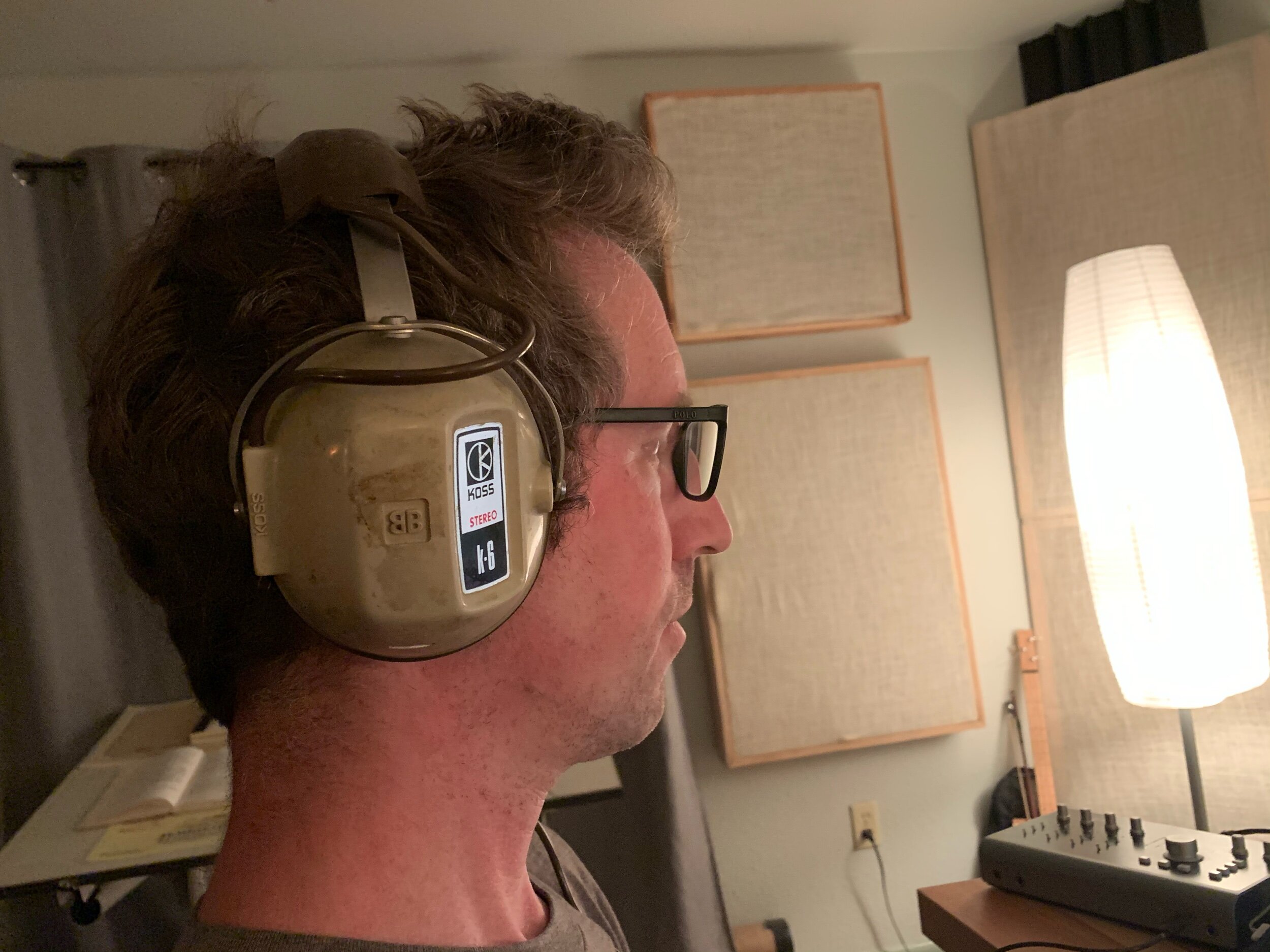




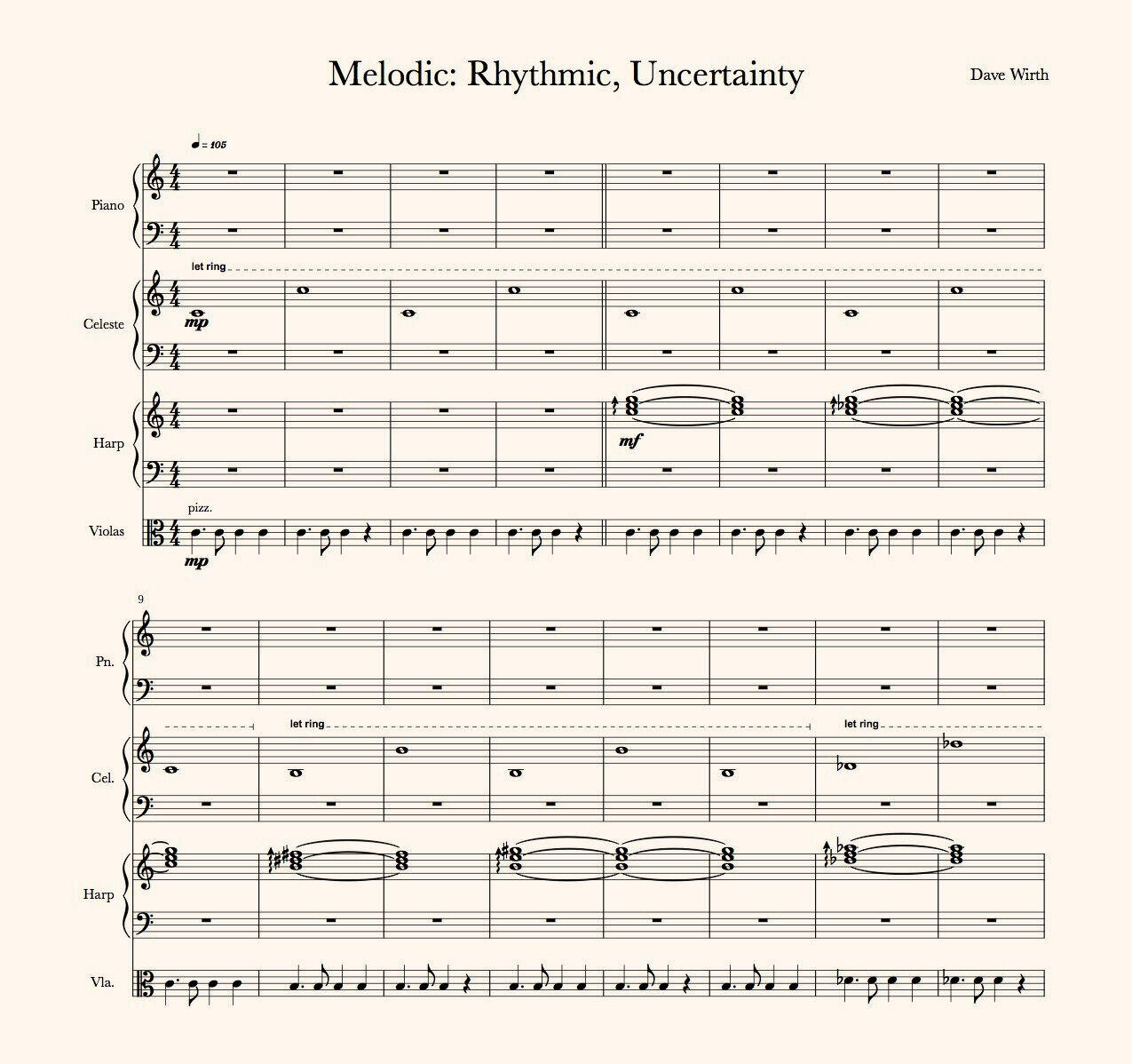
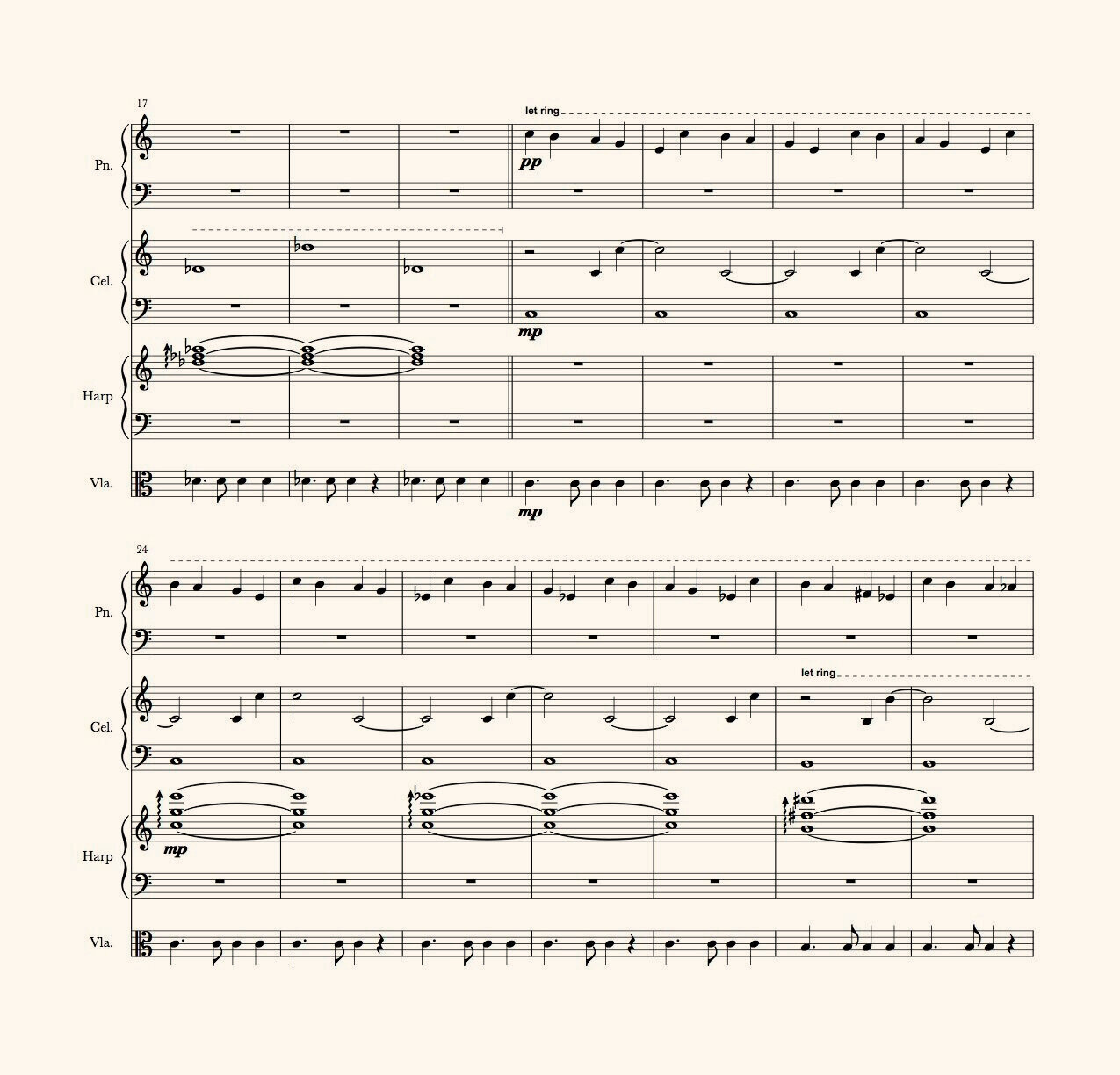
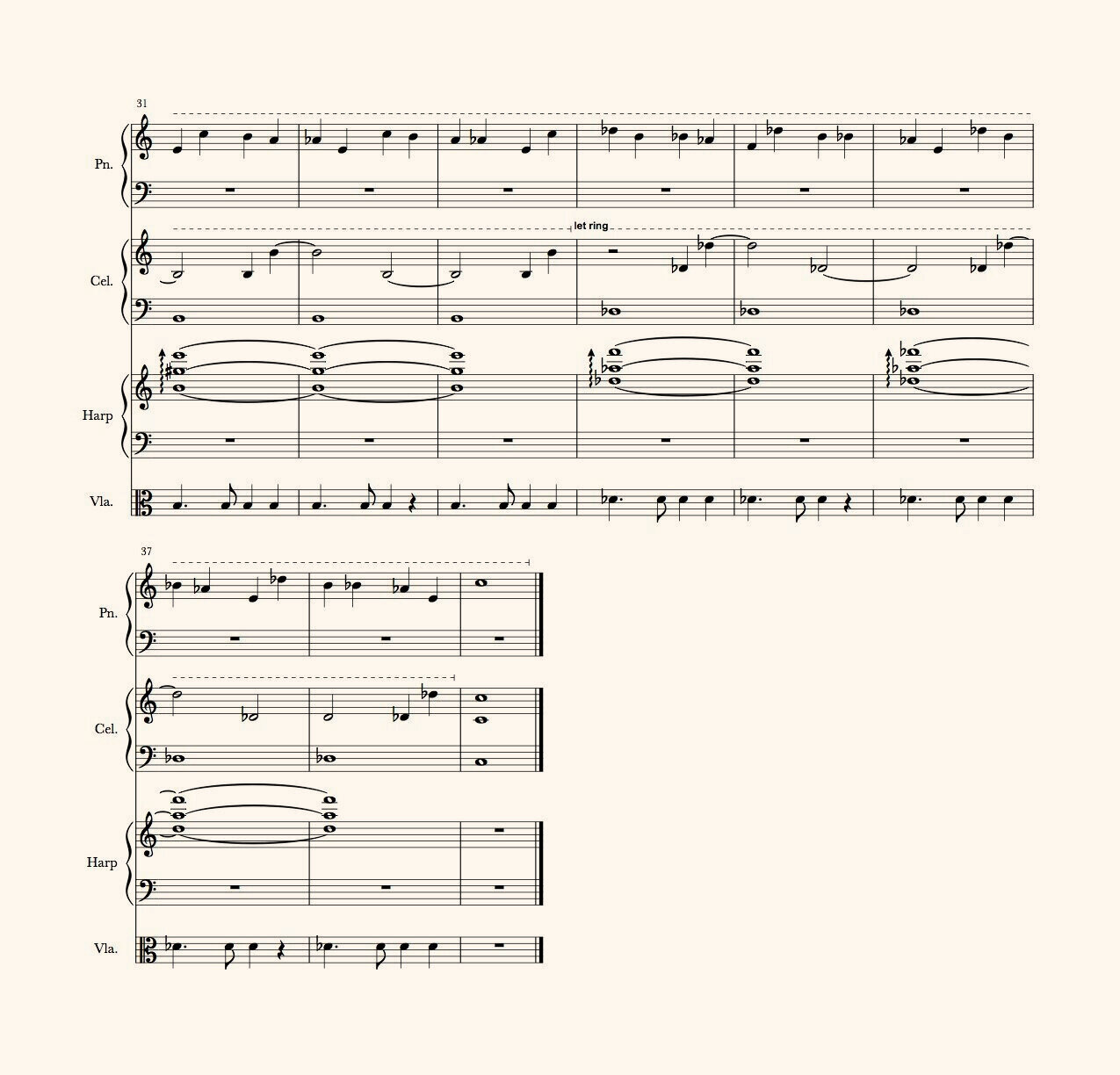





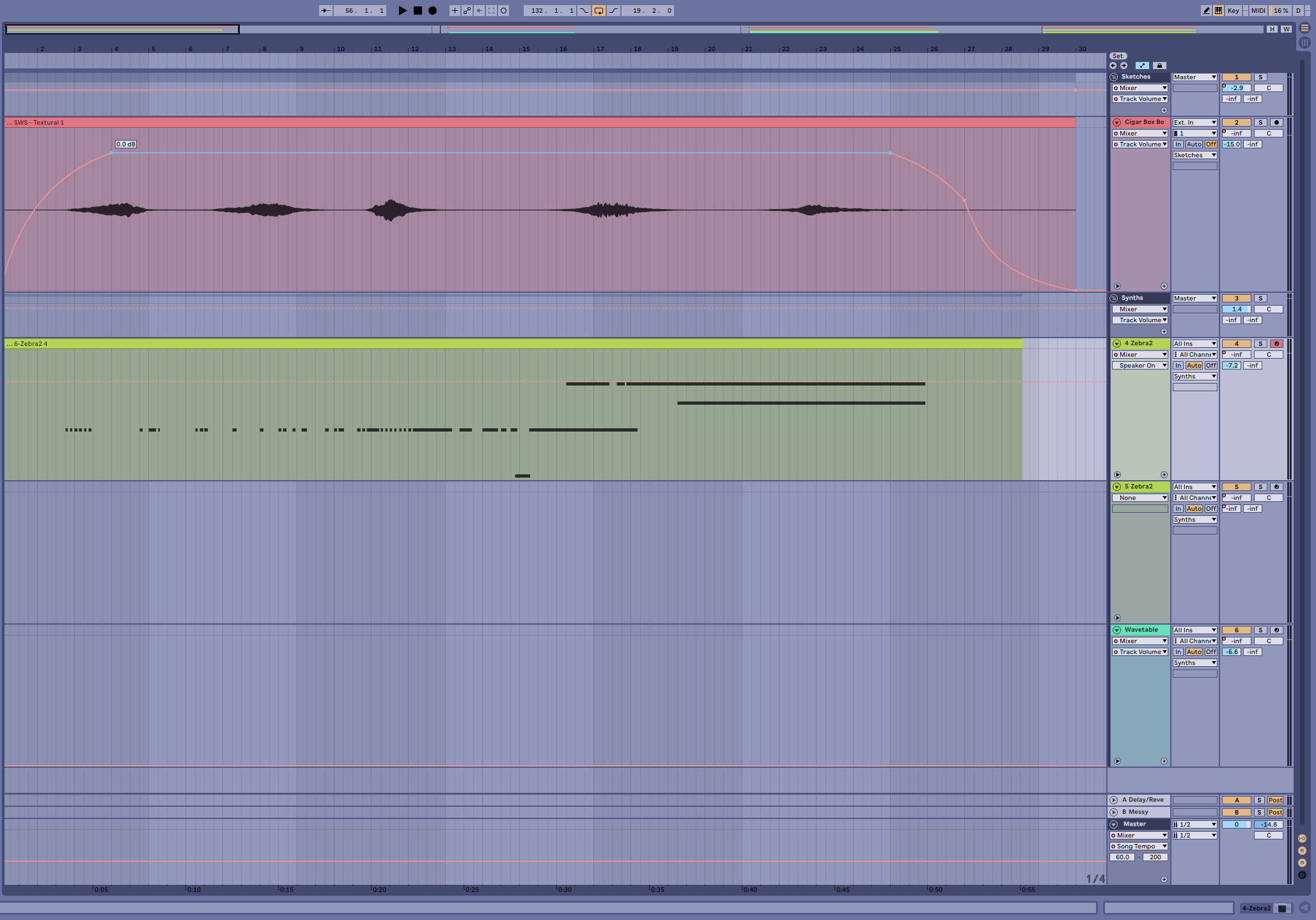




















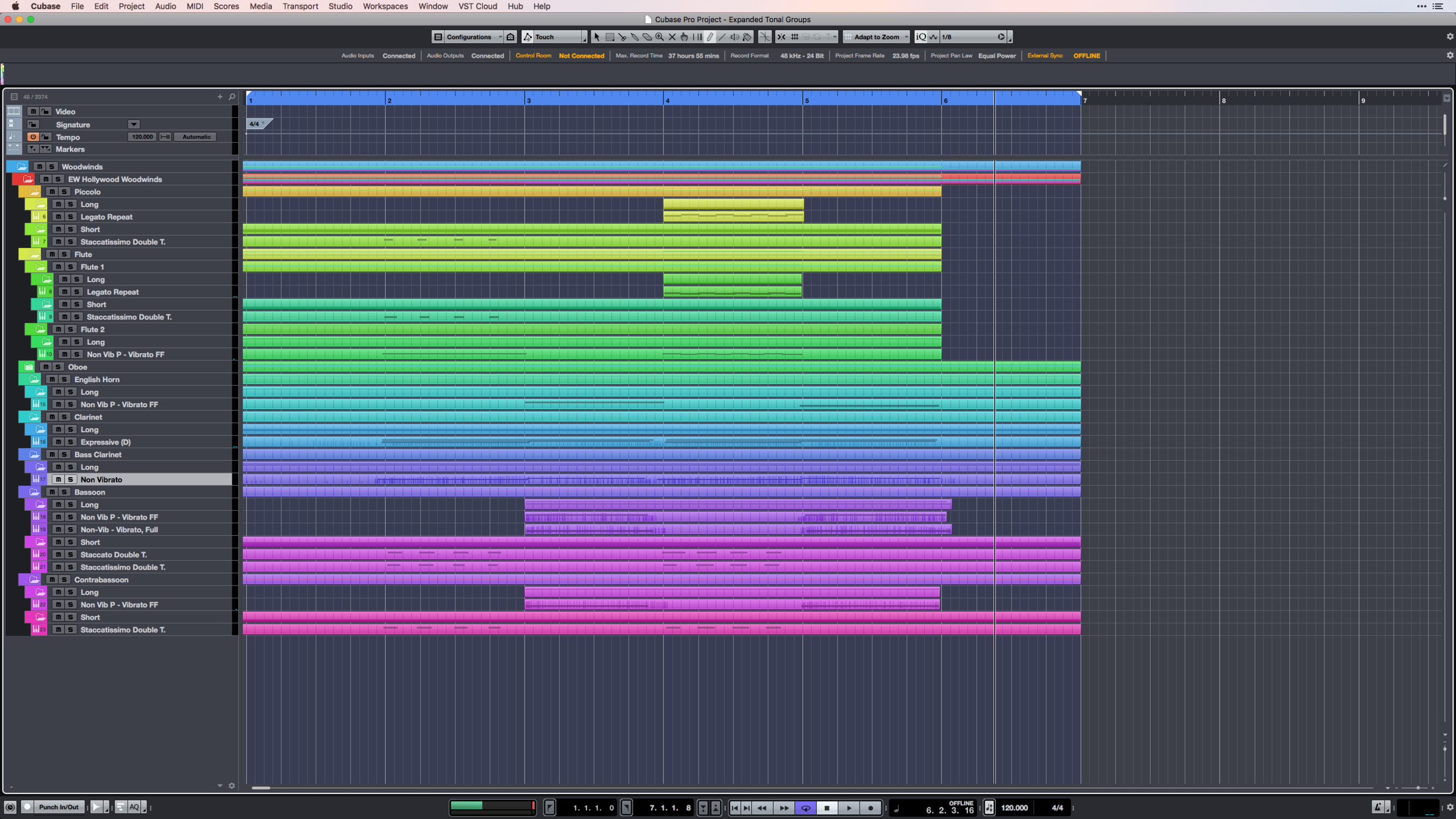
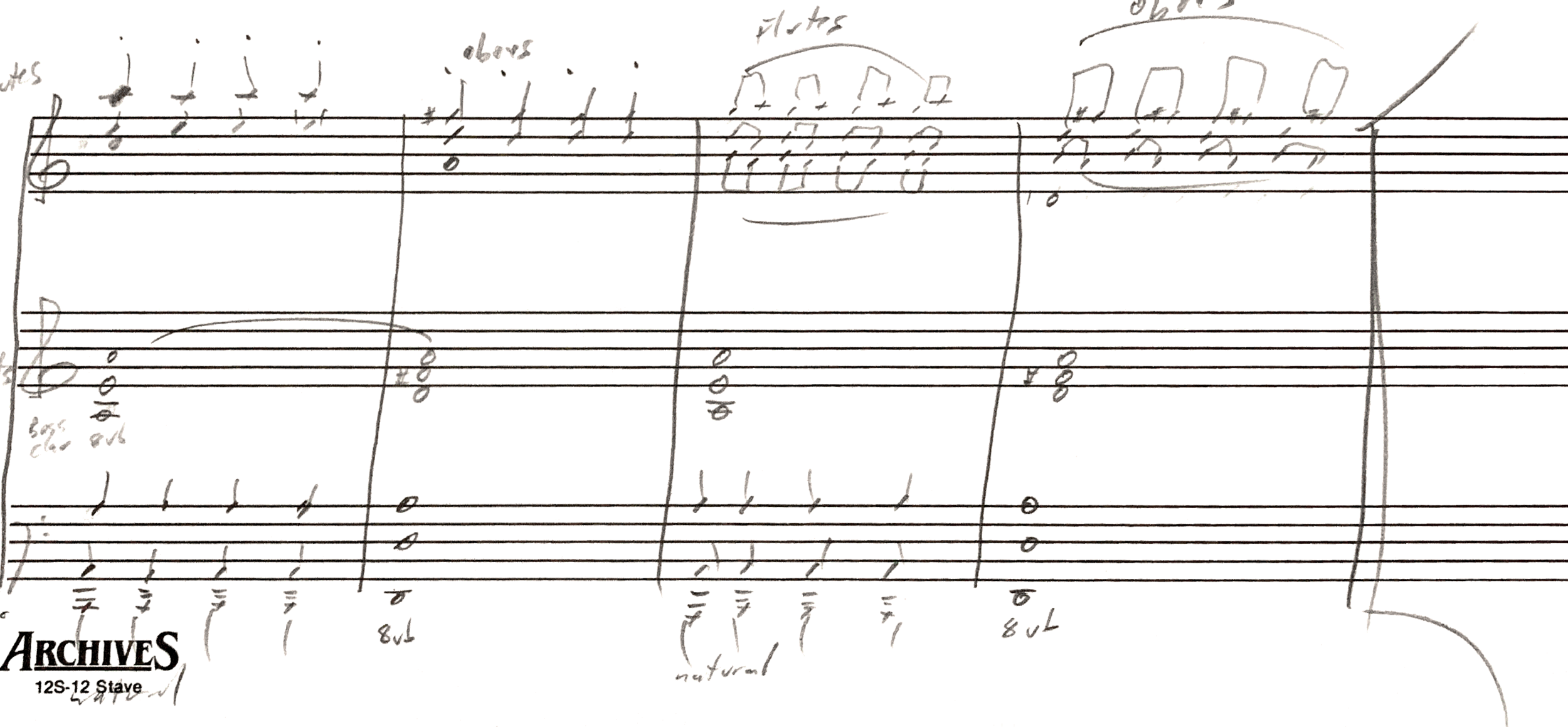


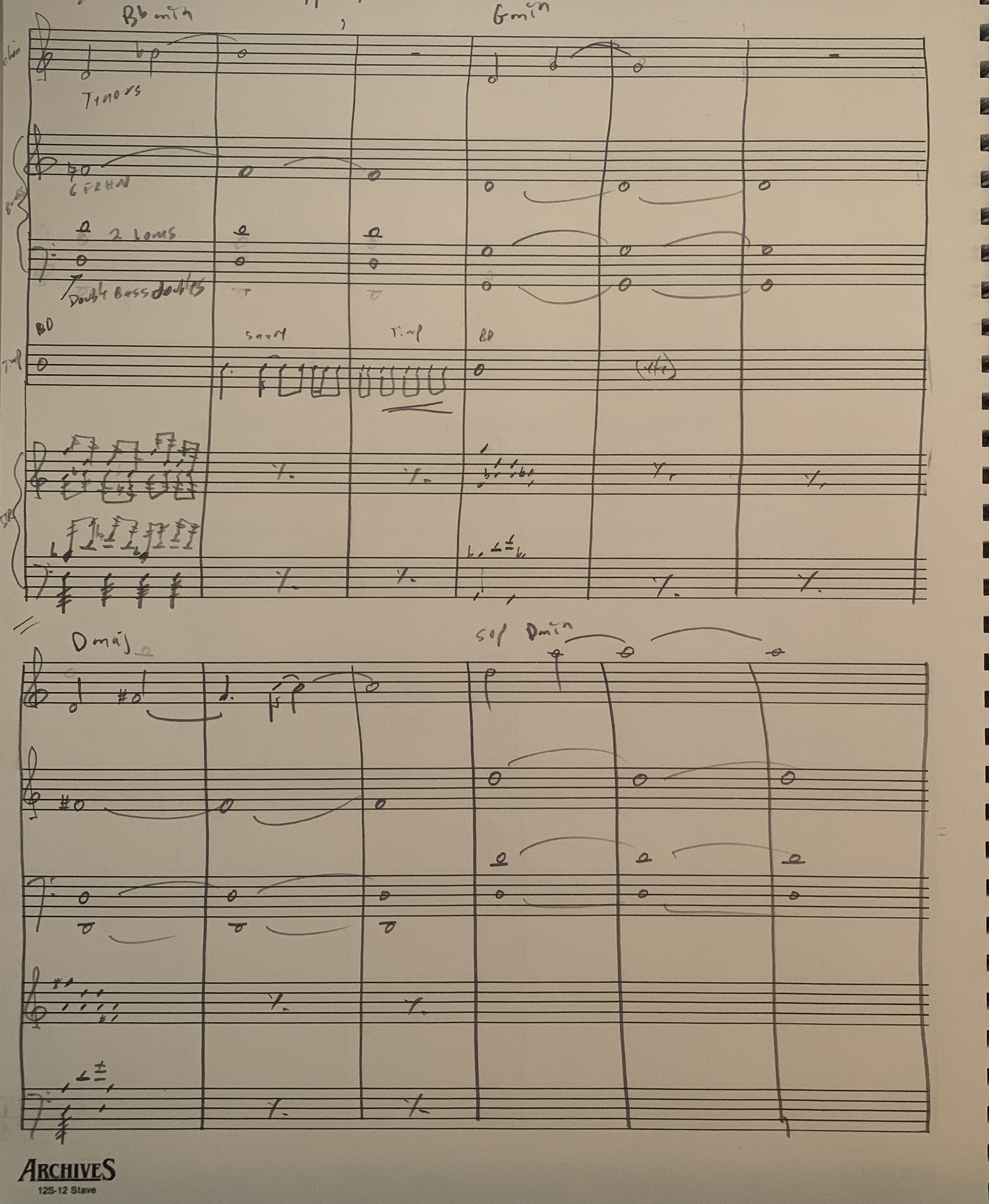
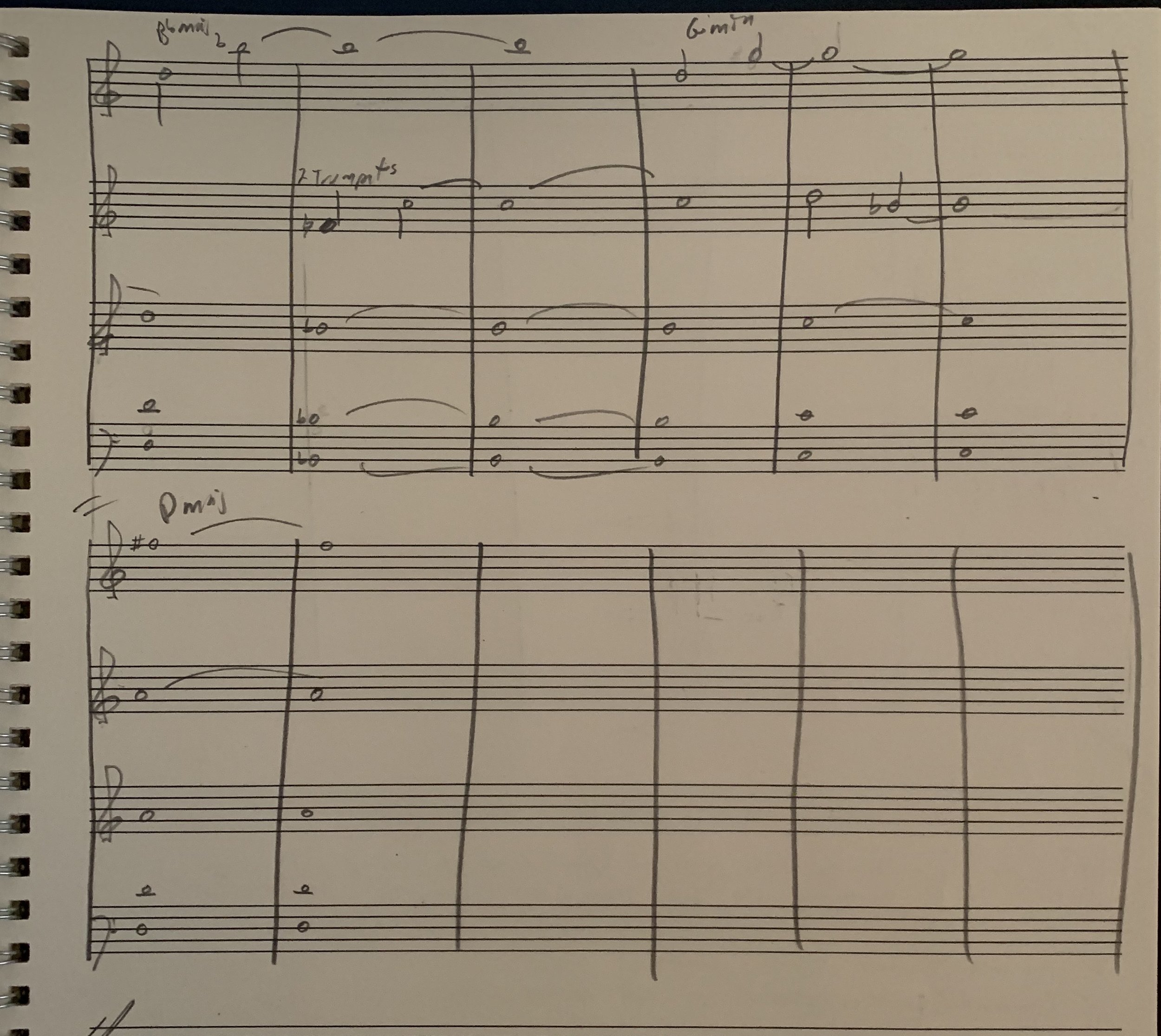
The music on your film is a powerful tool to deliver fresh perspectives, and believe me: Fresh perspectives are vital. This article goes deep into Audio Perspective, i.e. the music being written from the most compelling perspective in the story. Mastering audio perspective can make your movies far more relevant, relatable, and successful.
If you’ve ever wondered how you can use music to communicate a compelling perspective, this article is for you. Let’s hit it!